African Daisy Profile
Written by Iris
Oct 28 2021
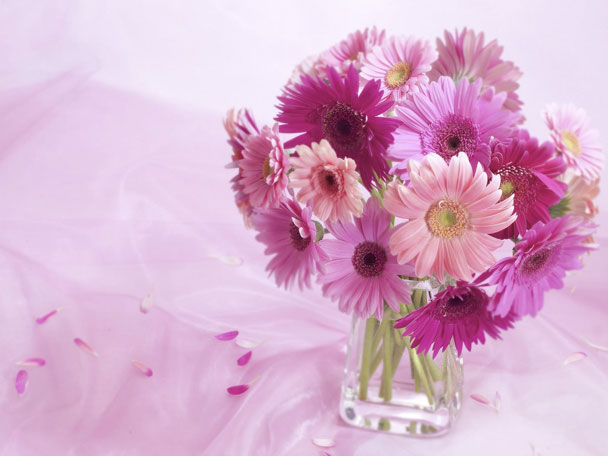
African Daisy (Osteospermum) native to South Africa is a perennial herbaceous flower. African Daisy blooms throughout the seasons and becomes a good choice for potted plants and for fresh cut flowers. African Daisy is not cold-tolerant and the suitable temperature for its growth is 18℃~26℃ Suitable for well-drained soil. African daisies look a lot like ordinary daisies, but their bright colors are completely different from classic daisies. These flowers are best planted in the spring. They grow quite fast and will bloom in about two months after planting. Here is the overall introduction of African Daisy.
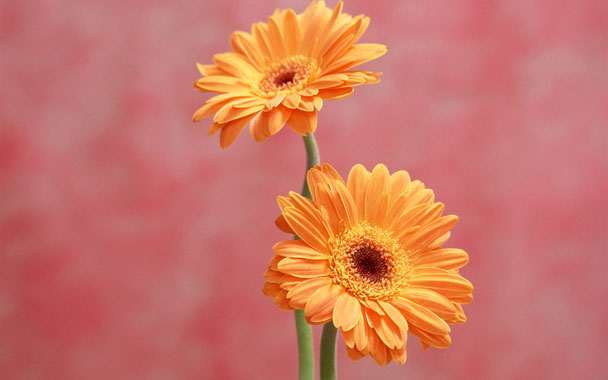
Southern Wimmera and South West
Avoca-Maryborough-Clunes area
areas near Horsham, Dandenong, Bendigo, Mildura
Port Phillip region.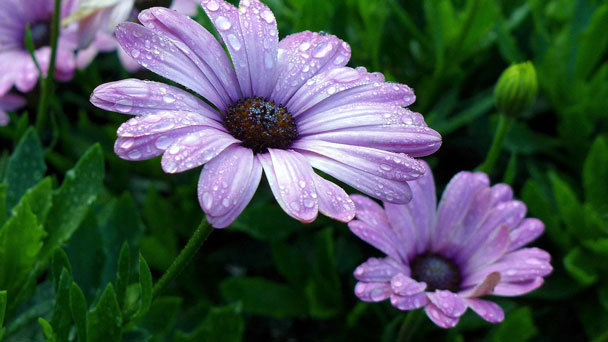
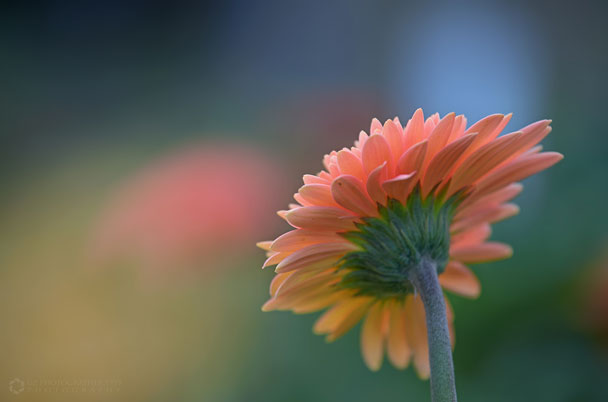
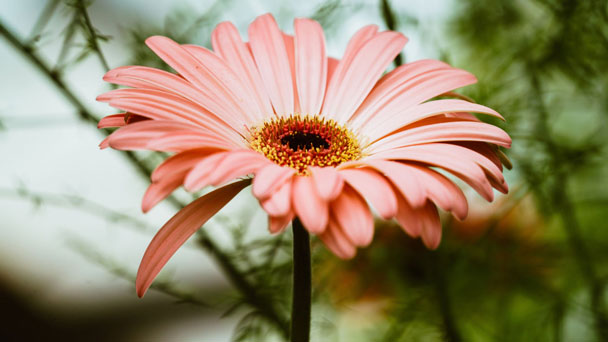
Read next:
How to propagate African Daisy
Top 10 Most Beautiful Roses in the World
Top 10 Most Beautiful Flowers in the World
26 Best Autumn Flowers to Plant for Fall Color in Garden
African Daisy PictureAfrican Daisy InfoAfrican Daisy Ecological HabitsAfrican Daisy DistributionHow to Grow and Care for African DaisyAfrican Daisy Lighting RequirementsAfrican Daisy Soil CareAfrican Daisy WateringAfrican Daisy Temperature & Humidity CareAfrican Daisy FertilizerAfrican Daisy UsesAfrican Daisy VarietiesOsteospermum'Passion Mix'Osteospermum '4D'Osteospermum 'Flower Power Spider White'Osteospermum 'Lemon Symphony'Osteospermum 'Sideshow Copper Apricot'African Daisy Common Pests/DiseasesAfrican Daisy Design TipsAfrican Daisy Meaning
African Daisy Picture

African Daisy Info
| Botanical Name | Osteospermum spp. |
| Common Names | African daisy, Blue-eyed daisy, Cape daisy |
| Plant Type | Perennial |
| Mature Size | 1–3 ft. tall, 1–2 ft. wide |
| Sun Exposure | Full |
| Soil Type | Moist, well-drained |
| Soil pH | Acidic |
| Bloom Time | Spring, summer, fall |
African Daisy Ecological Habits
African daisy grows well in lowland grassland, grassy woodlands, and dry sclerophyll forests. It prefers humid and sub-humid subtropical and warm-temperate savannahs, where it is mainly found on medium and lighter soil types. It occurs as a weed of disturbed soils along roadsides and in denuded grazing land, newly-sown pastures, forest margins, and wastelands. Also after events such as bushfires and clearing.African Daisy Distribution
Numerous infestations of african daisies have been found in Victoria:Southern Wimmera and South West
Avoca-Maryborough-Clunes area
areas near Horsham, Dandenong, Bendigo, Mildura
Port Phillip region.
How to Grow and Care for African Daisy
African daisies work equally well in the ground or in containers. Blooms peak in late spring to early summer and again in late summer to early fall. Because African daisies stop blooming during hot spells, they are best grown in combination with other plants that will have visual interest in the peak of summer. These flowers are fairly low-maintenance when grown in an environment they like. Make sure they have lots of sun and soil with good drainage. Plan to water and fertilize regularly throughout the growing season (spring to fall). Also, deadhead the plants (remove the spent blooms) to encourage reblooming.African Daisy Lighting Requirements
African daisies bloom best in full sun. They can tolerate partial shade, but this will likely cause them to produce fewer flowers. Moreover, the blooms generally open in response to light and close at night and during overcast weather. However, some newer cultivars, including '4D Pink', '4D Silver', and '4D Berry', remain open at night.African Daisy Soil Care
African daisies prefer organically rich soil with sharp drainage and a slightly acidic soil pH. Add compost or other organic matter to the soil at the time of planting to improve drainage and add nutrients.African Daisy Watering
Although somewhat drought tolerant once established, African daisies still need at least 1 inch of water per week to grow their best. During periods of drought or intense heat, the plants will slow down and go dormant. Aim to keep the soil evenly moist. But don't overwater, as soggy soil can encourage diseases such as root rot.African Daisy Temperature & Humidity Care
African daisies prefer mild weather, which is when they bloom most profusely. They can handle nighttime temperatures down to about 40 degrees Fahrenheit, though frost can damage or kill them. Humidity typically isn't an issue for them, as long as they have good air circulation and proper watering and soil drainage.African Daisy Fertilizer
These flowers like a lot of food to grow and bloom at their best. Besides mixing compost into the soil, apply fertilizer for flowering plants monthly throughout the growing season.
African Daisy Uses
African Daisy is very easy to grow and is very low maintenance. They are ideal for sunny borders, mass plantings, and great for containers. If planted in a rockery or a cottage-style garden they would not look out of place. Once established they make good weeds prevention plants as weeds will struggle to push through.African Daisy Varieties
There are dozens of African daisy species and varieties, including:Osteospermum'Passion Mix'
This compact plant reaches around a foot tall and comes in a variety of colors (pink, purple, rose, and white), all with blue centers. This is an easy variety to grow from seed and is known for its heat tolerance.Osteospermum '4D'
Known for their fluffy, tufted centers, these flowers remain open all day even in hot weather. The plants grow up to 14 inches high.Osteospermum 'Flower Power Spider White'
These blooms have odd, spoon-shaped, white and lavender petals with a gold center. The plants grow roughly 14 inches tall.Osteospermum 'Lemon Symphony'
This plant's butter-yellow petals have a purple center and orange eye. The variety grows about 14 inches high.Osteospermum 'Sideshow Copper Apricot'
This variety has striking pale apricot flowers with a purple center disk. It grows up to 12 inches high.
African Daisy Common Pests/Diseases
There aren't many pests or diseases that attack African daisies if the plants are kept stress-free in the proper environment. However, in damp or humid conditions be on the lookout for fungal diseases, such as gray mold. Such diseases will present with damaged or discolored foliage. Try to improve the air circulation around your plant, which can combat fungal diseases, and use a fungicide if necessary. Be sure to keep your plants well ventilated wherever they may be growing. This will also help protect against root rot. Moreover, some common plant pests, including whiteflies and aphids, can become a problem, especially for stressed plants. But they can be controlled with an insecticidal soap or chemical spray if caught early.African Daisy Design Tips
- Mass at the front of a mixed border for lasting color when perennials are out of bloom.
- Combine in hanging baskets with trailing plants such as lobelia, calibrachoa, or verbena.
- Alternate groupings of complementary colors such as purple and yellow along a slope for an eye-catching display that also helps hold soil in place.
- Place a large decorative container at the end of a pathway. Plant African daisies and other brightly colored annuals for a focal point to draw the eye through the landscape.
- Shepherd’s hooks are a great way to showcase hanging baskets for instant color by a patio, deck, or poolside. Hooks are easily moved around for a fresh look.
- The long branching stems and extended vase life makes this a good-cut flower.

African Daisy Meaning
The name Osteospermum, commonly known as African daisy, has a Greek origin. It means that the seeds have bone consistency, probably due to the hardness of their seed. In English, the word “daisy” comes from an old term that means” eye of the day” because these flowers are only open during the day. In modern religion, daisies symbolize the sun because of their shape as a star. However, in Victorian times, multiple types of daisies stand for different things. The daisy of Saint Michael symbolizes a goodbye or departure. Gerbera daisies symbolize merriment.Read next:
How to propagate African Daisy
Top 10 Most Beautiful Roses in the World
Top 10 Most Beautiful Flowers in the World
26 Best Autumn Flowers to Plant for Fall Color in Garden
Latest Updated
- Benefits of Bugleweed - 7 Science-backed Health Benefits
- Bugleweed Dangers & Side Effects - Is It Poisonous?
- How to Plant Evergreen Trees - What You Should Know
- When to Plant Evergreens - Grow Guide for Evergreen Trees
- 12 Wonderful Evergreen Shrubs for Your Garden
- 12 Popular Evergreen Plants with Pictures for Beginners
- When And How To Prune A Lilac Bush Like a Pro
- How to Grow & Care for Lilac Vine (Hardenbergia Violacea)
- Japanese Lilac Tree (Syringa Reticulata) Care & Propagation Guide
- Shumard Oak Pros and Cons - What to Know
Popular Articles
- Winter maintenance of Antirrhinum Majus
- How to Grow Terminalia Mantaly Tree
- How to Grow and Care for Crossostephium Chinense
- How to grow Antirrhinum Majus in spring
- Peristeria Elata (Dove Orchid) Profile: Info & Care Guide
- Underwatered Snake Plant (Sansevieria Trifasciata) - Signs And How To Fix
- How to Care for Brazilian Jasmine Plant (Mandevilla Sanderi)
- How to Grow & Care for Graptopetalum Purple Delight in Summer
- Rosa Chinensis (China Rose): Plant Growing & Care Tips
- How to Care for Baby Sun Rose (Aptenia Cordifolia)